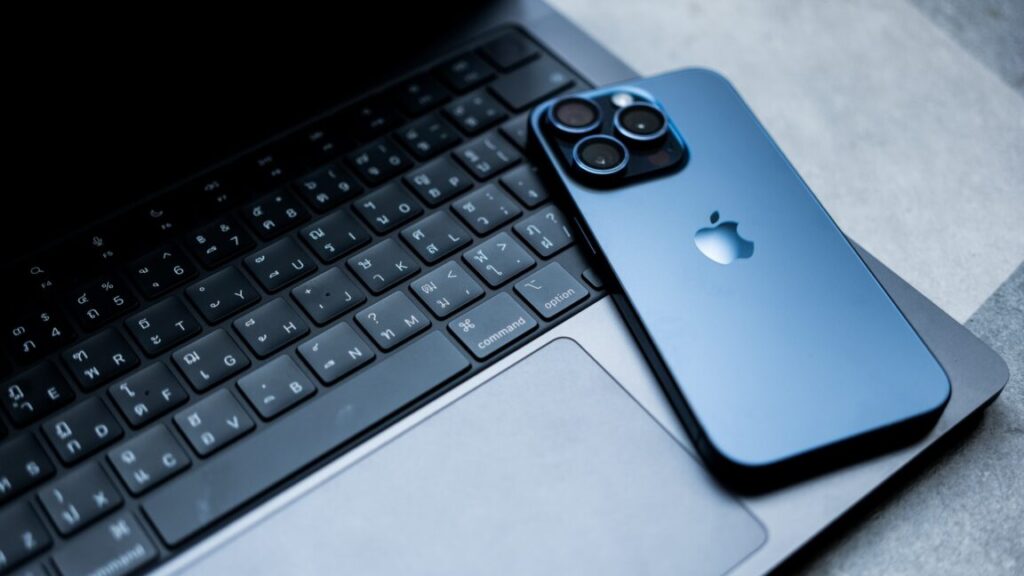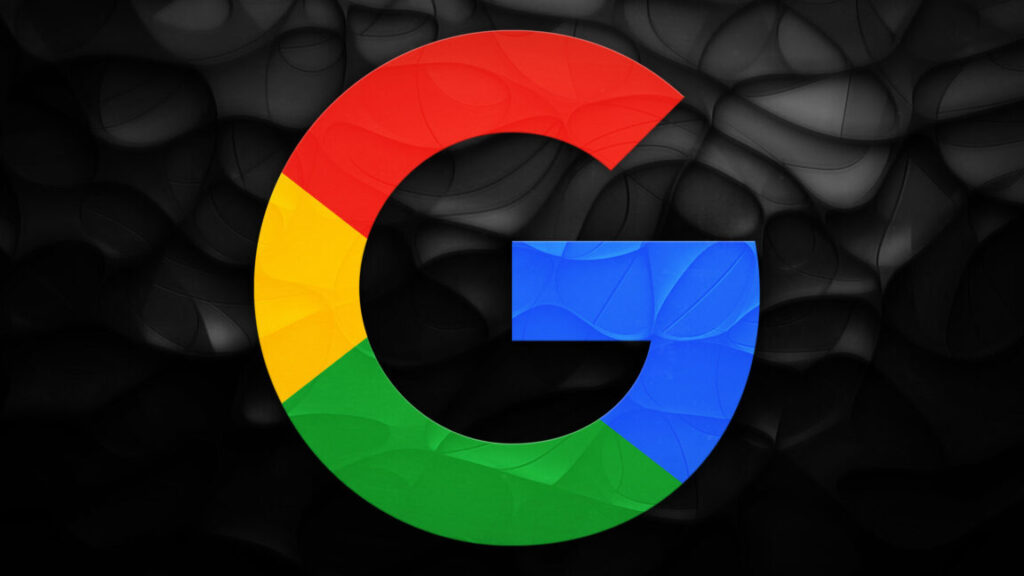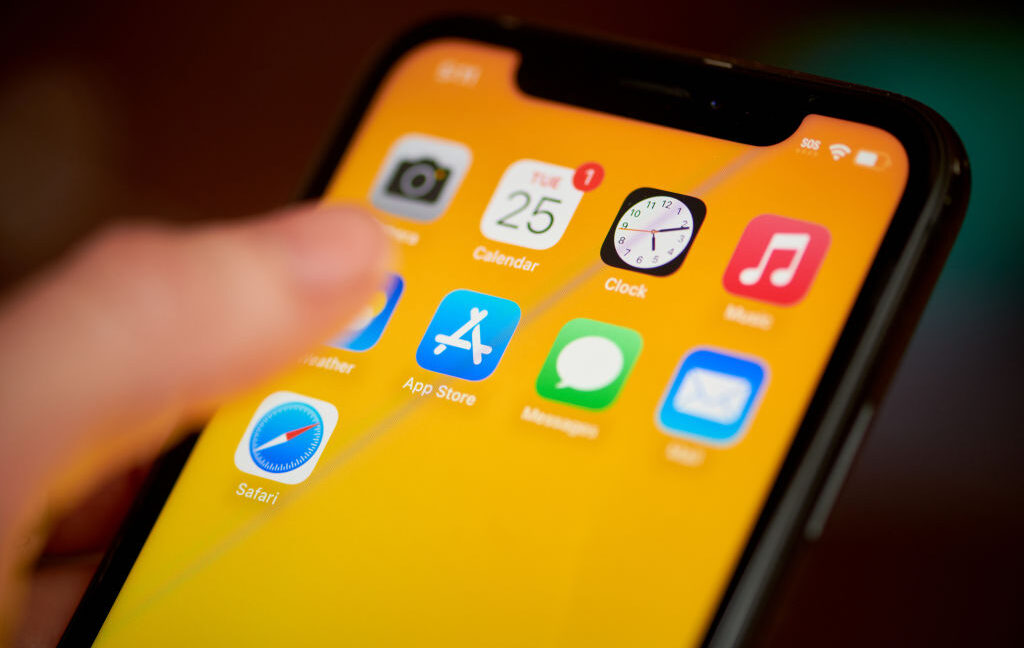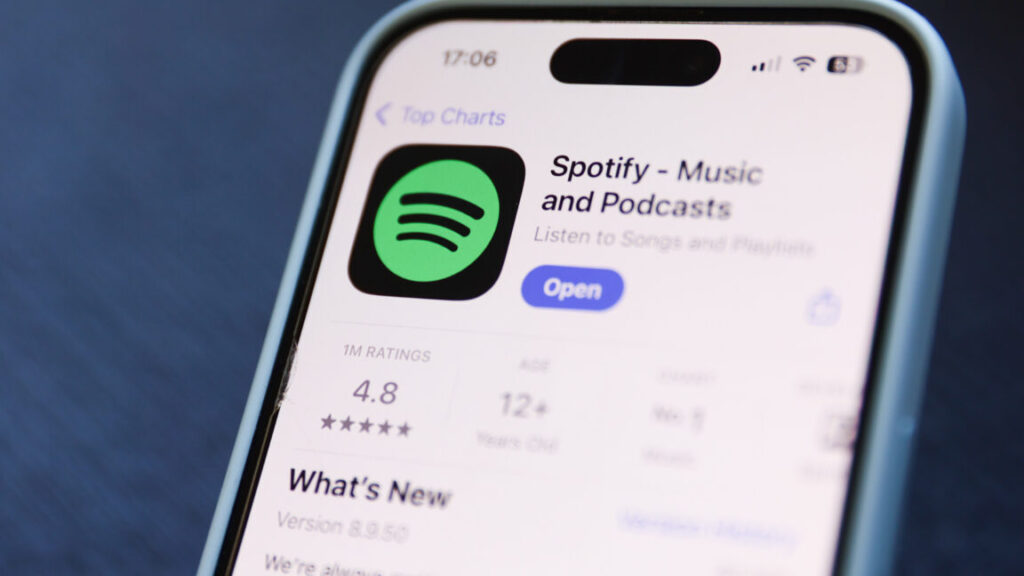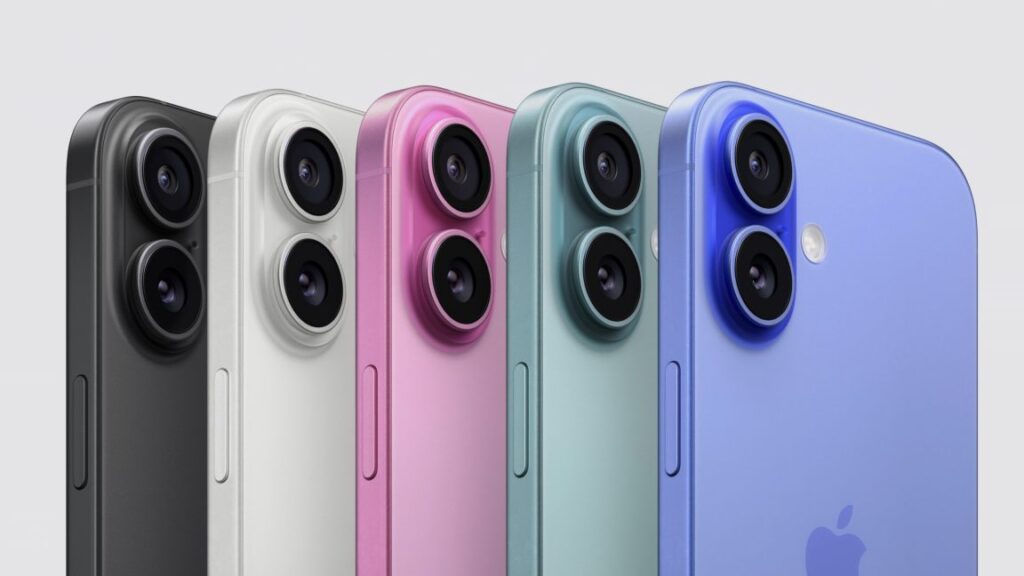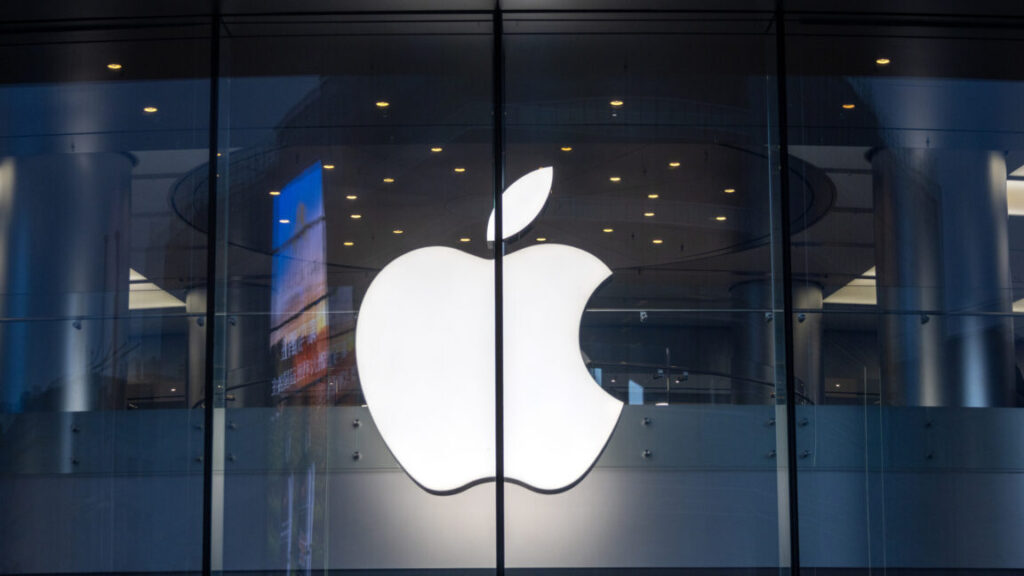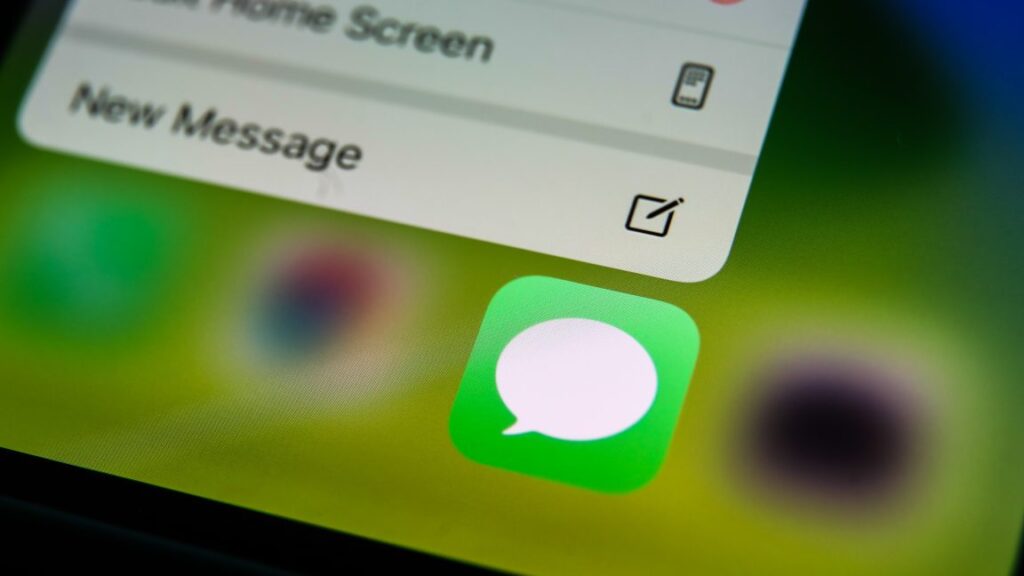Trump threatens Apple with 25% tariff to force iPhone manufacturing into US
Donald Trump woke up Friday morning and threatened Apple with a 25 percent tariff on any iPhones sold in the US that are not manufactured in America.
In a Truth Social post, Trump claimed that he had “long ago” told Apple CEO Tim Cook that Apple’s plan to manufacture iPhones for the US market in India was unacceptable. Only US-made iPhones should be sold here, he said.
“If that is not the case, a tariff of at least 25 percent must be paid by Apple to the US,” Trump said.
This appears to be the first time Trump has threatened a US company directly with tariffs, and Reuters noted that “it is not clear if Trump can levy a tariff on an individual company.” (Typically, tariffs are imposed on countries or categories of goods.)
Apple has so far not commented on the threat after staying silent when Trump started promising US-made iPhones were coming last month. At that time, Apple instead continued moving its US-destined operations from China into India, where tariffs were substantially lower and expected to remain so.
In his social media post, Trump made it clear that he did not approve of Apple’s plans to pivot production to India or “anyplace else” but the US.
For Apple, building an iPhone in the US threatens to spike costs so much that they risk pricing out customers. In April, CNBC cited Wall Street analysts estimating that a US-made iPhone could cost anywhere from 25 percent more—increasing to at least about $1,500—to potentially $3,500 at most. Today, The New York Times cited analysts forecasting that the costly shift “could more than double the consumer price of an iPhone.”
It’s unclear if Trump could actually follow through on this latest tariff threat, but the morning brought more potential bad news for Apple’s long-term forecast in another Truth Social post dashed off shortly after the Apple threat.
In that post, Trump confirmed that the European Union “has been very difficult to deal with” in trade talks, which he fumed “are going nowhere!” Because these talks have apparently failed, Trump ordered “a straight 50 percent tariff” on EU imports starting on June 1.
Trump threatens Apple with 25% tariff to force iPhone manufacturing into US Read More »




